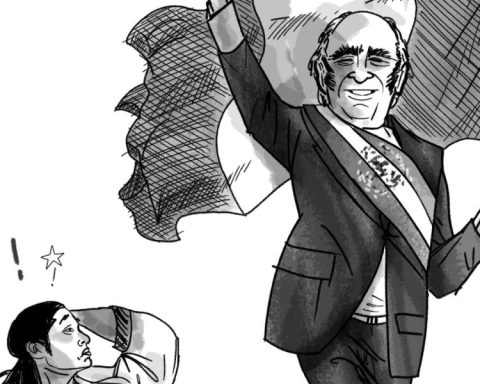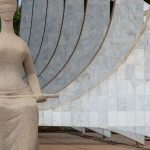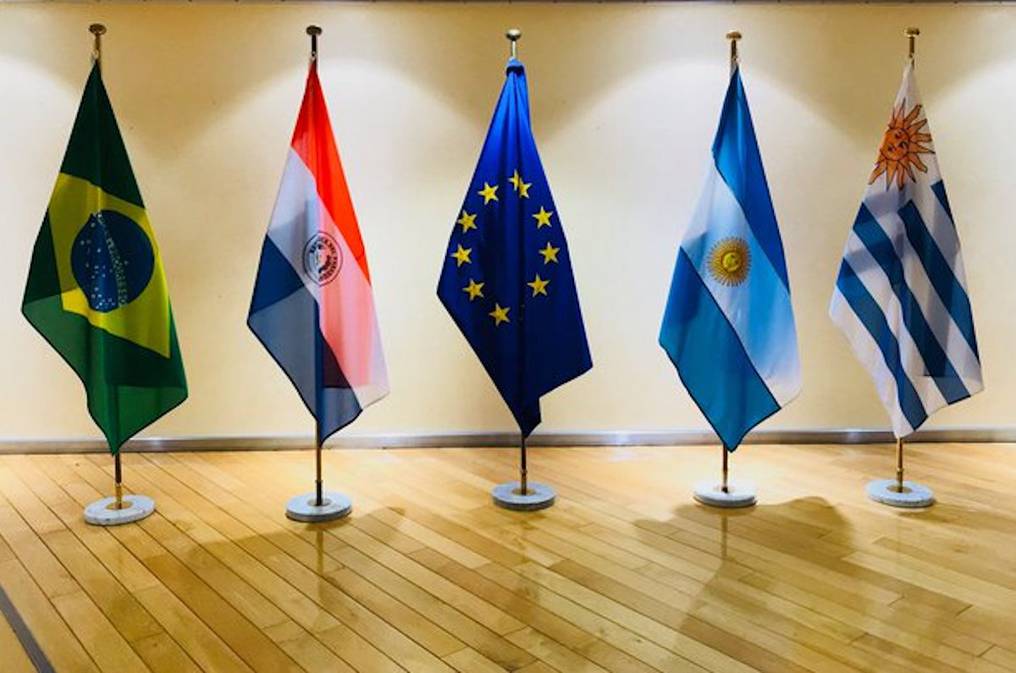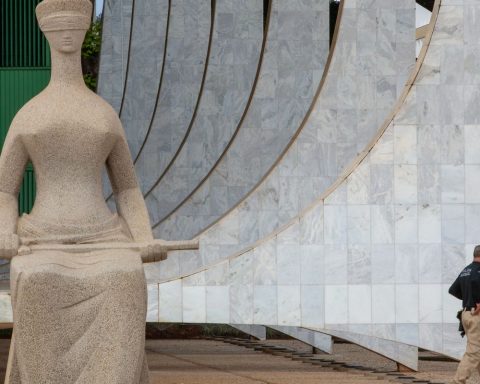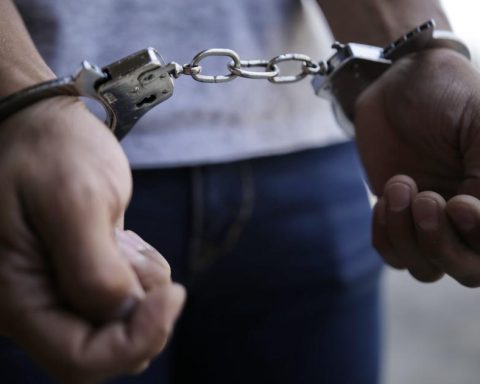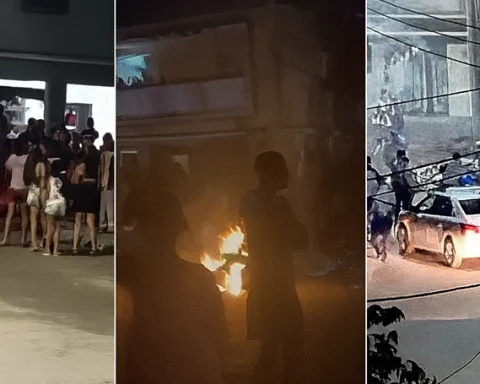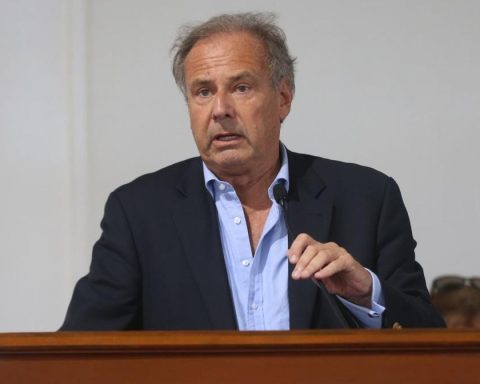It has been distorted
in Mexico the protocol to detect cases of torture: UN-DH
Jessica Xantomilla and Nestor Jimenez
Newspaper La Jornada
Monday, July 18, 2022, p. 10
In Mexico, the application of the Istanbul Protocol – an international manual to identify cases of torture – has been distorted. On many occasions, the authorities that implement it, whether police or prosecutors, have used it as a an exoneration instrument
to distance himself from this practice, instead of identifying whether a detainee was subjected to ill-treatment in judicial proceedings, explains Guillermo Fernández Maldonado, representative in Mexico of the Office of the United Nations High Commissioner for Human Rights (ONU-DH). .
Inflicting torture so that a person confesses a crime or blames himself without being responsible is a disservice to justice
and one fraud
to society, he asserts. It is the worst scenario: you have a person tortured, arrested for something he did not commit, the State presents that as a result and there is also a (guilty) person who is outside
.
He recognizes that it is not a simple issue, because there is enormous pressure on the judges to advance in the judicial processes, but if it is indeed proven that the evidence (in an investigation) was obtained by torture, all of it is annulled and can literally ruin cases
.
In interview with the dayFernández Maldonado warns that in Mexico torture is a widespread practice, which is not seen in all the countries of the region, and if it is combined with a poor application of the Istanbul Protocol, this should be a priority issue for the country.
He explains that in the case of Mexico, the implementation of the protocol in investigations has been misrepresented
among other things because its application has focused on the part of the physical and psychological examinations, which in many cases are not necessarily done on time, but even years later, and to this is added negligence
.
In this area there is a fundamental role of professionals in medicine and the forensic field. If the people who are going to carry out the interrogations, the interviews, have not had training, the result will often fall into the risk of abuse, mistreatment and torture, because the investigative part does not work and there is pressure for results.
He says.
Another of the questions raised by both organizations and activists and the victims themselves is that the authorities in charge of applying the protocol exams are usually the same ones who are identified as inflicting torture.
Given this, the representative of the UN-DH points out the importance of the independence that the instances that apply the exams must have, which was part of the sentence issued by the Inter-American Court of Human Rights on the case of Digna Ochoa. But he asserts that there is resistance to independent expert opinions.
It underlines that the State must make an official recognition of the international standards in the matter. Similarly, if there is no political will, everything else falls
.
When it comes to torture in Mexico, the authorities usually differentiate between the powers of the federal and state authorities. However, Fernández Maldonado clarifies that, for international instances, these types of crimes are attributable to the Mexican State as a whole and not to a federal entity.
Recently, the UN published an update on the Istanbul Protocol, in which 180 experts from various countries, including Mexico, participated. The document contains a revision of the six chapters that it already included and two more that are added.
Fernández Maldonado details that the additions to the protocol are related to health and legal issues. It is intended that medical personnel, including nurses or paramedics, be able to report visible signs of torture. We have seen in the Aguascalientes report that sometimes people arrived with obvious signs of having been beaten and tortured, and the defender and the judge were there and nobody did anything.
. This is not only a technical aspect, but also an ethical one.




